OPEN ASSEMBLY
Experiments in Aesthetics and Politics

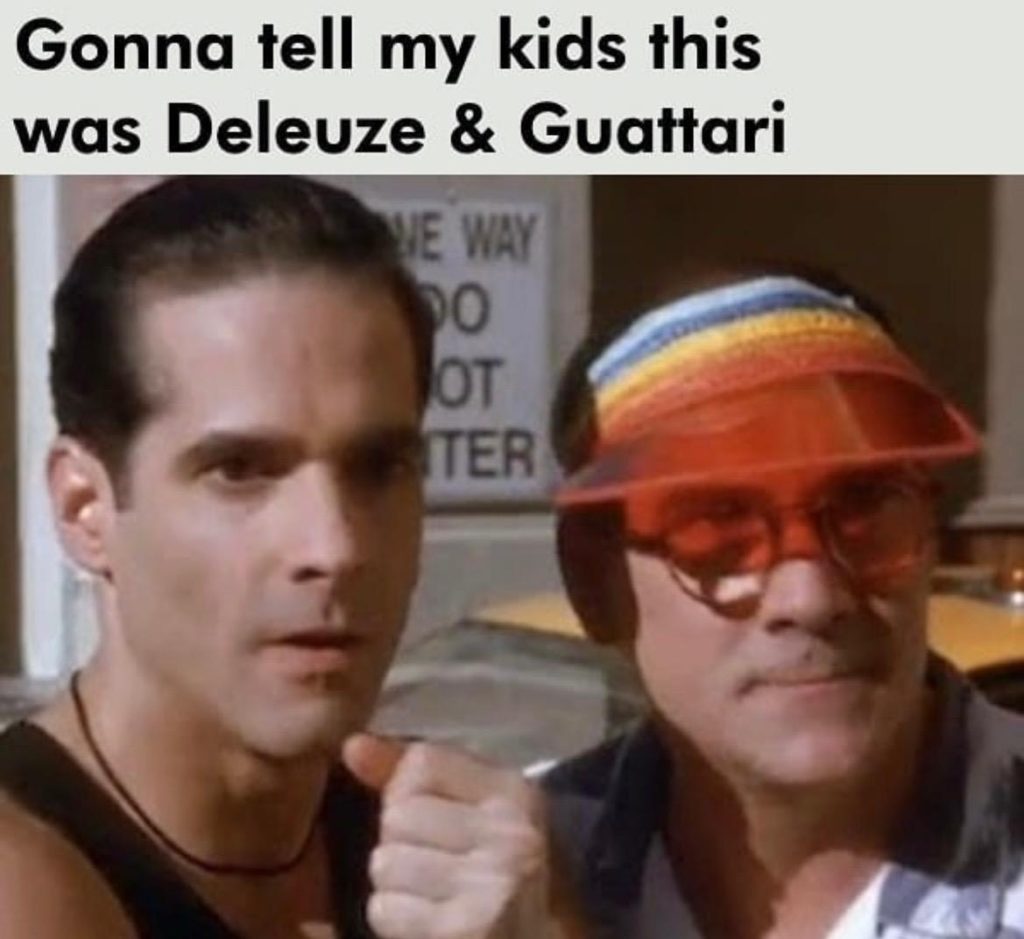
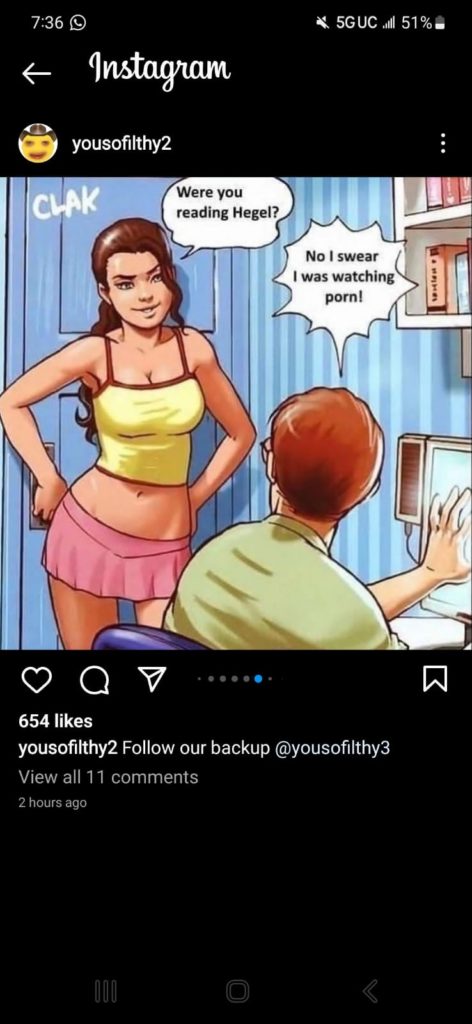
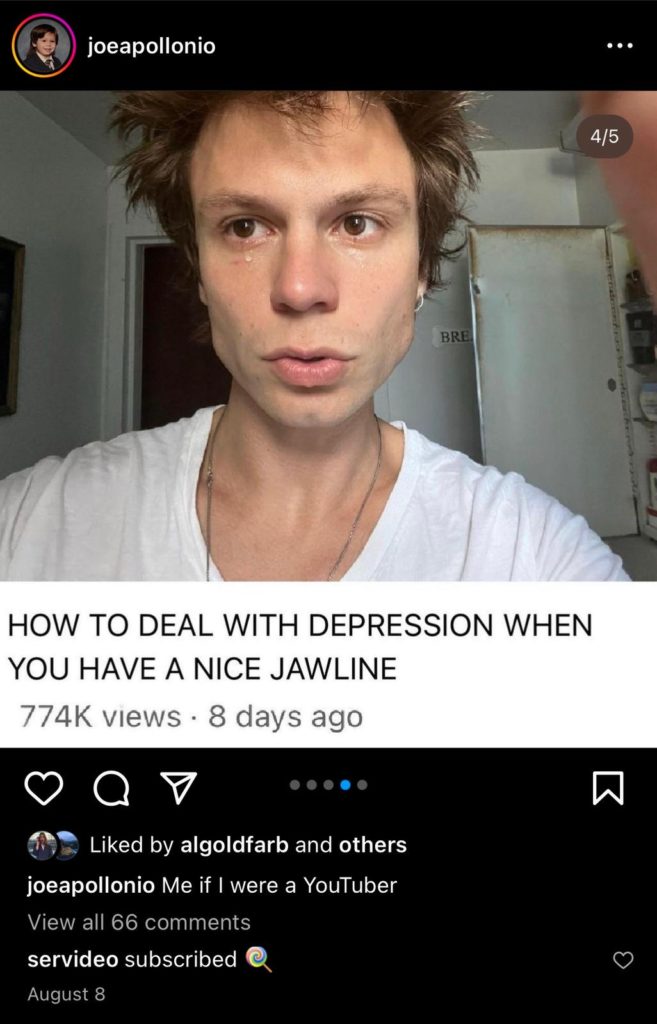


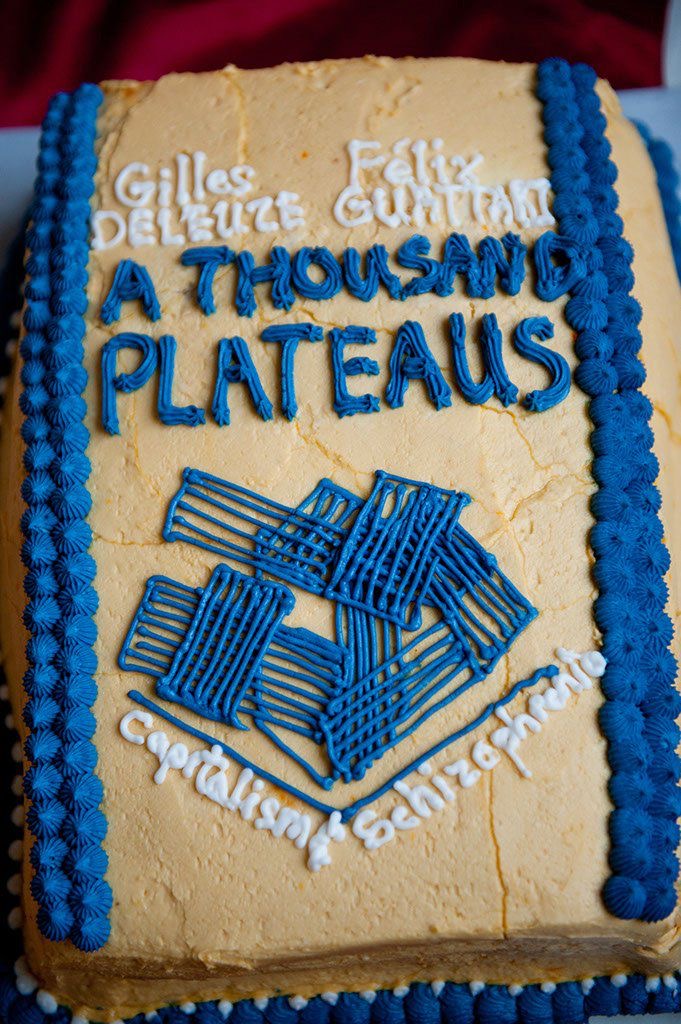
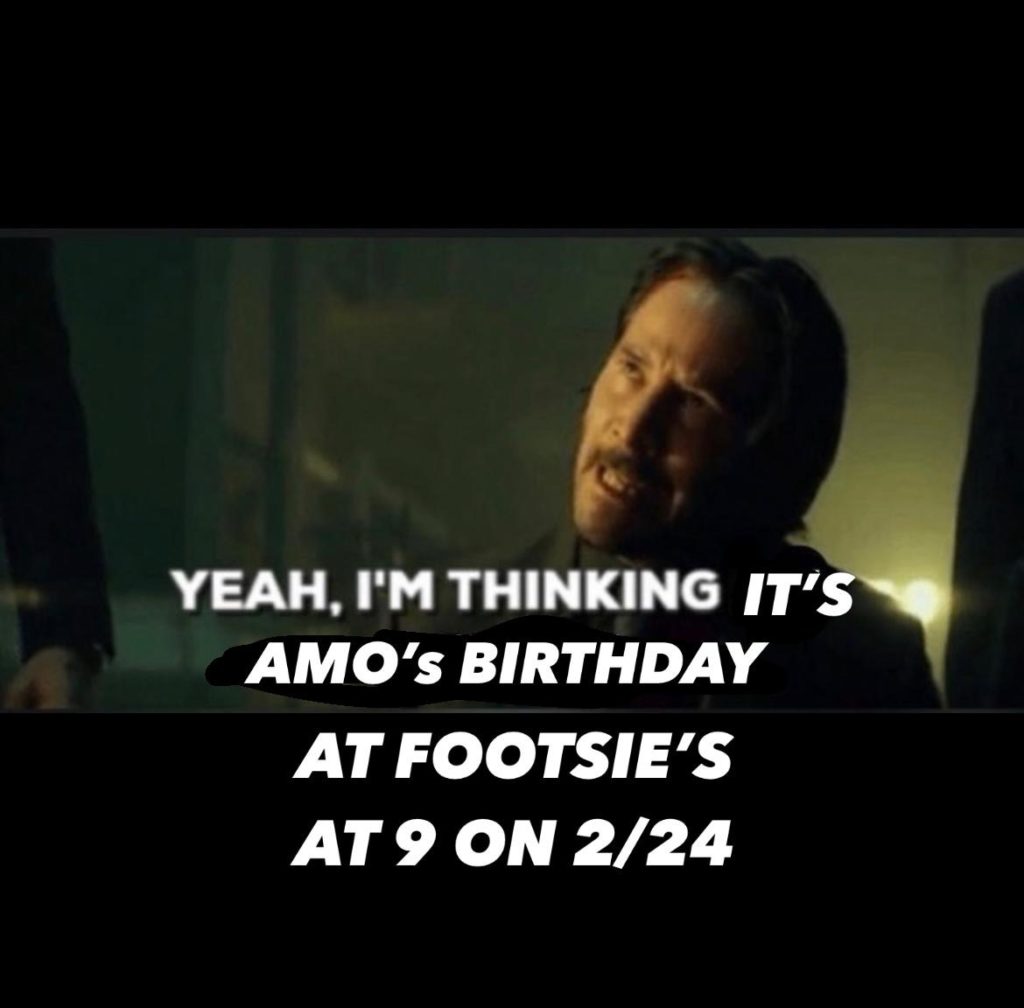

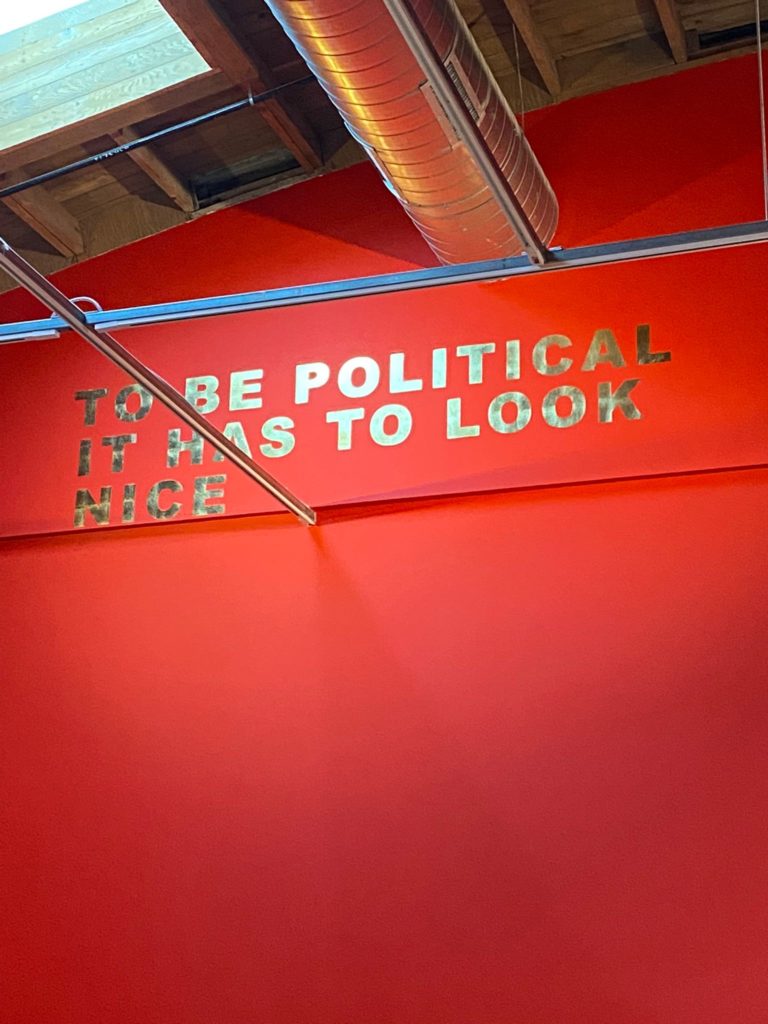
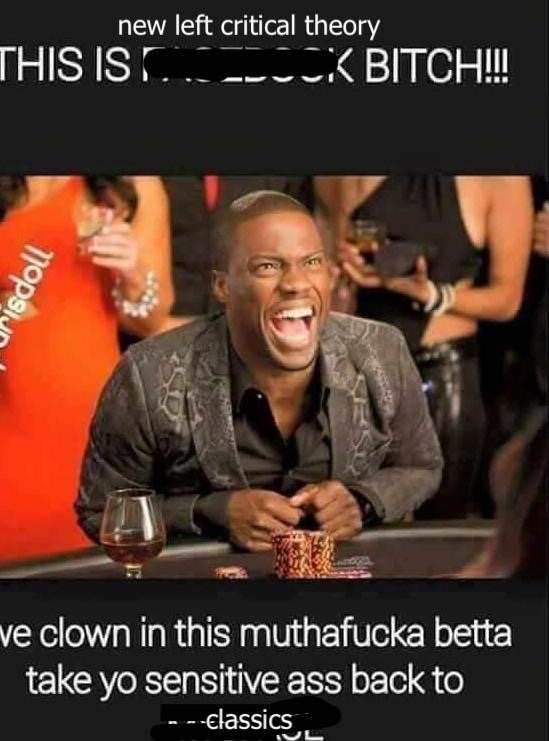
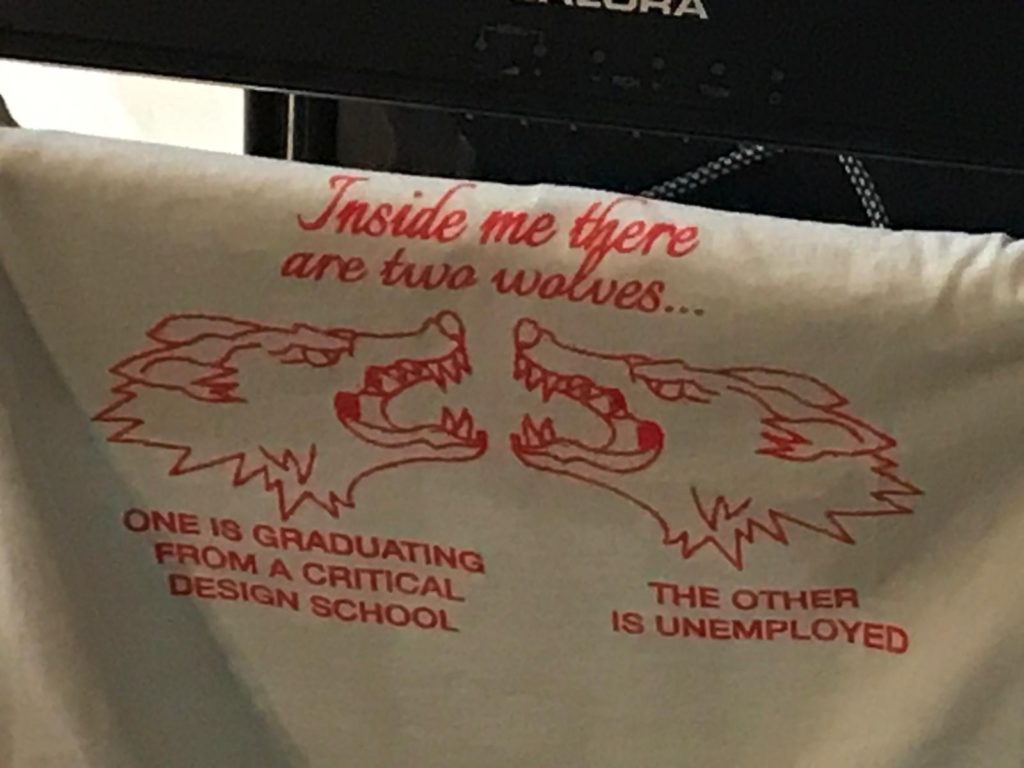
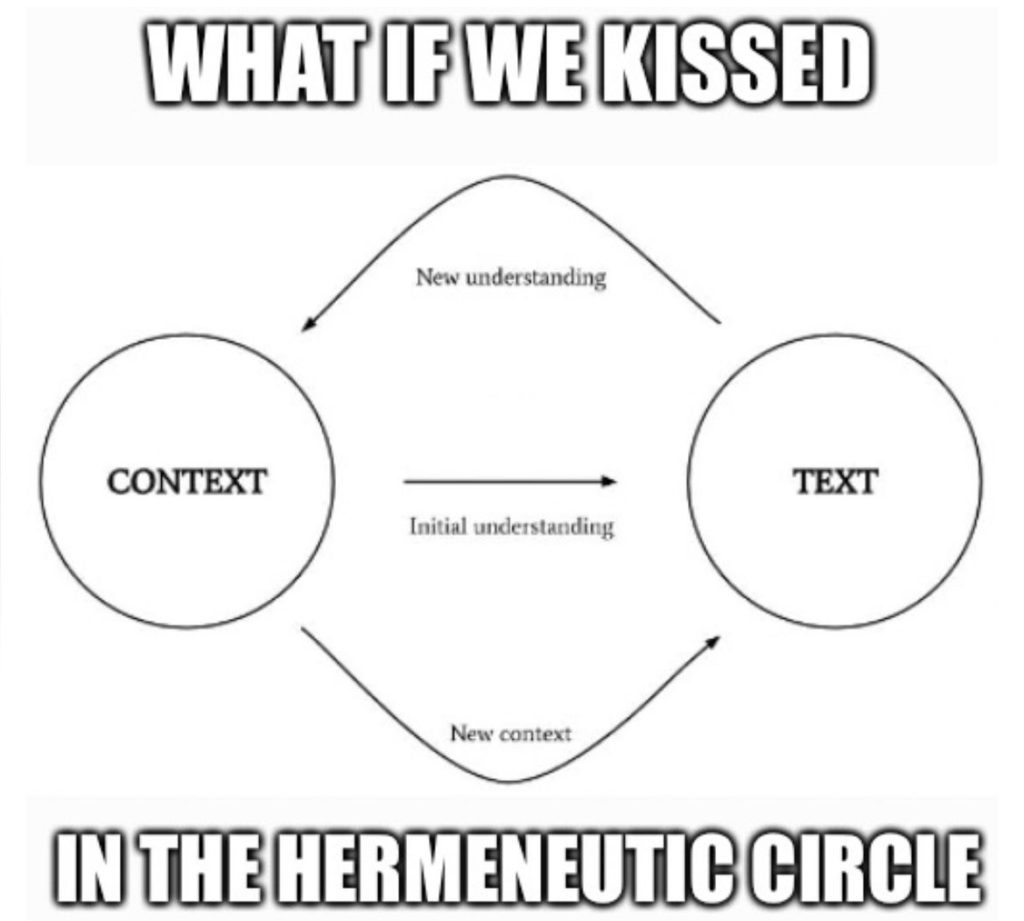

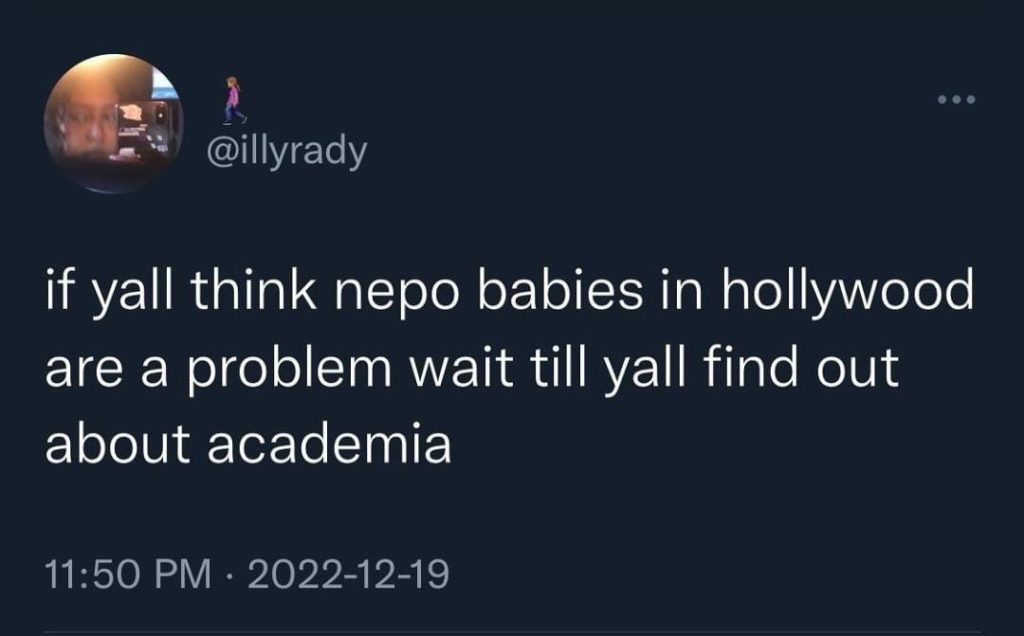
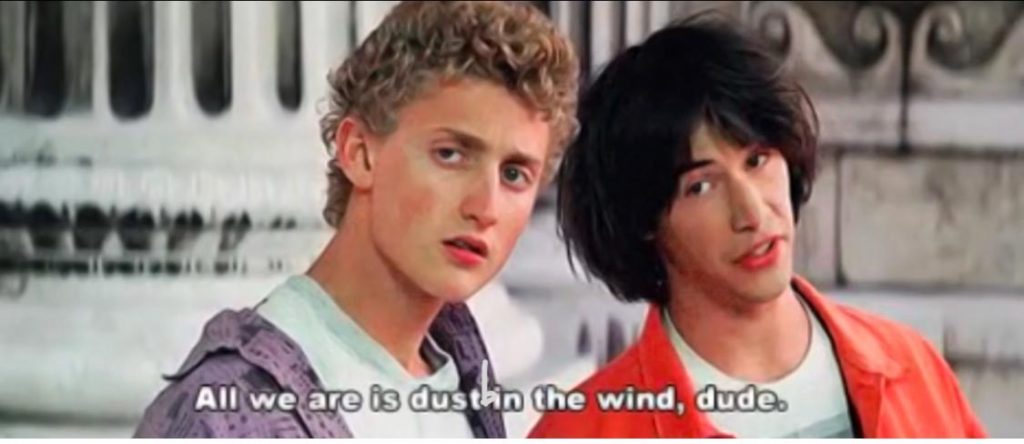



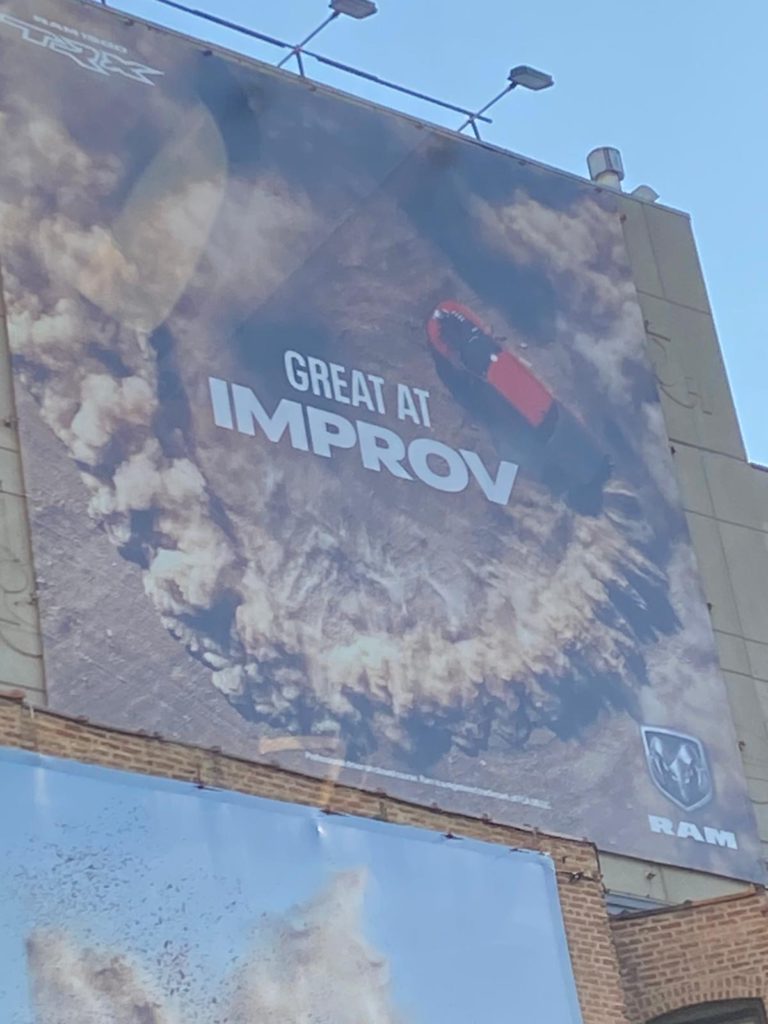
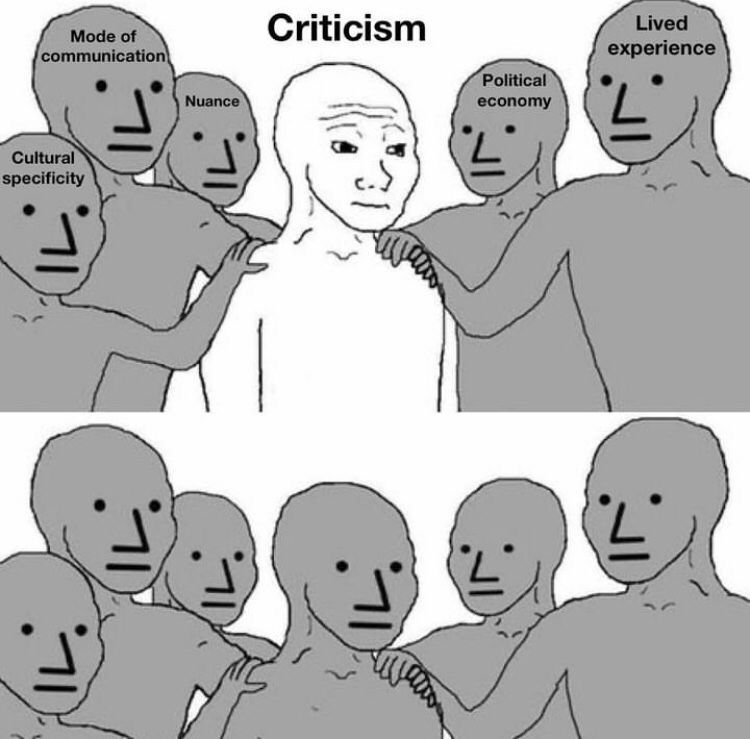
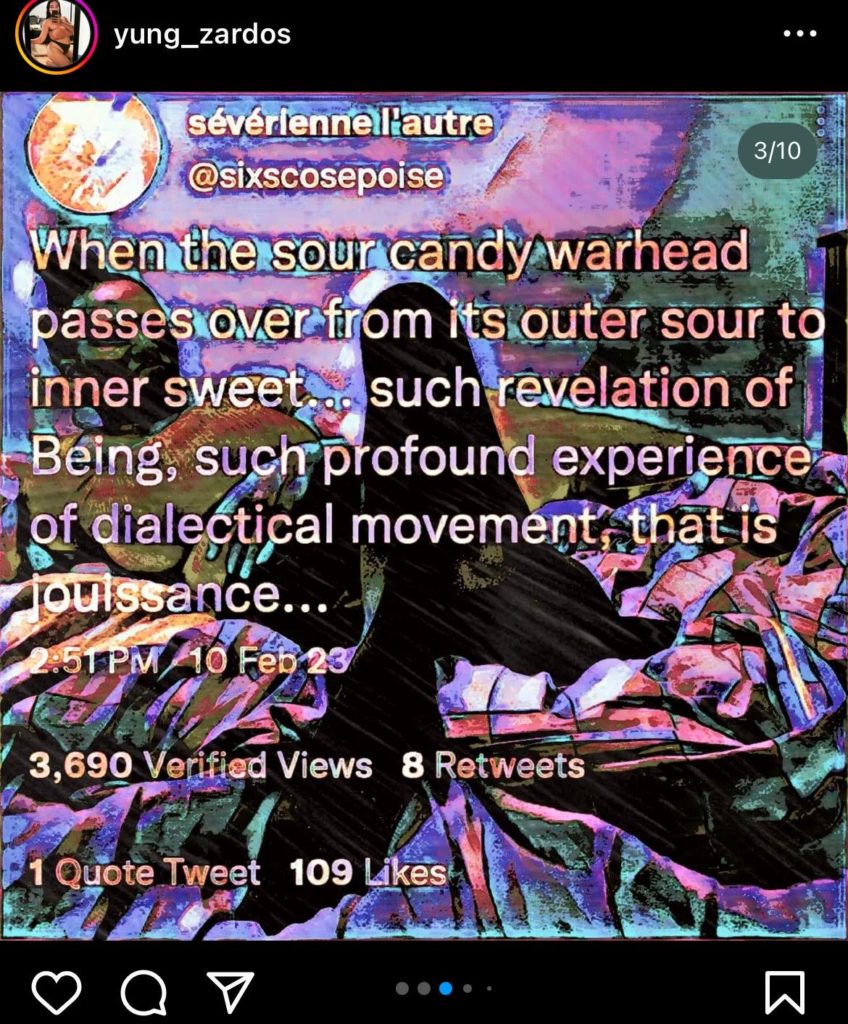
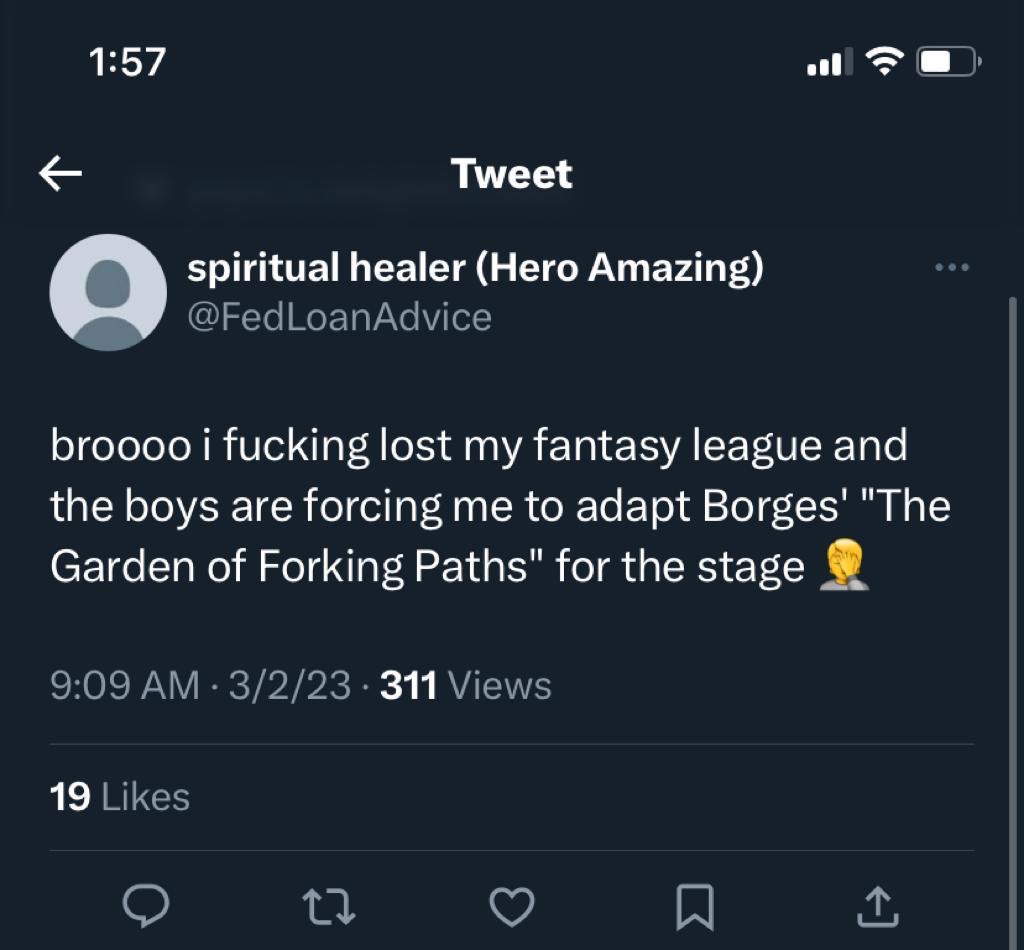
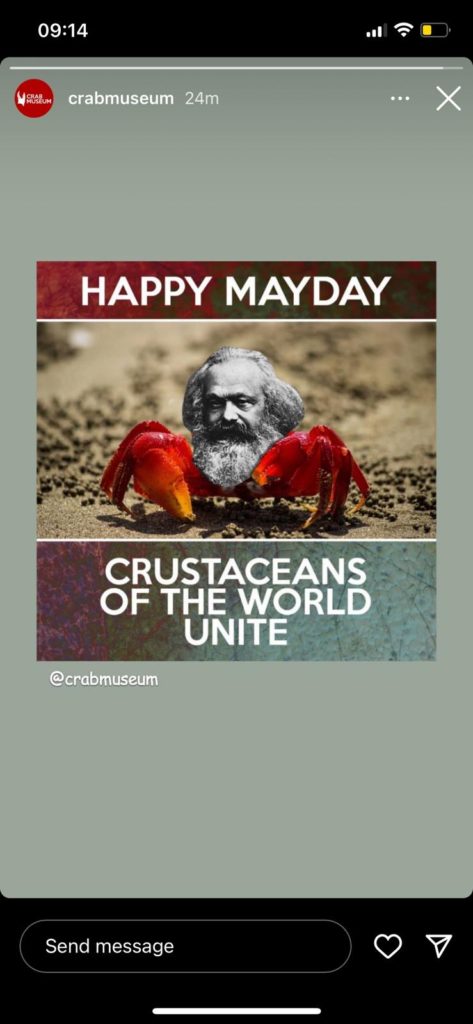
[ pending ]
[ pending ]
[ pending ]
[ pending ]
[ pending ]
[ pending ]
[ pending ]
[ pending ]
[ pending ]
[ pending ]
[ pending ]
On February 18, 2021, Tristan Garcia and Anna Longo will be in conversation as part of the West Hollywood Aesthetics and Politics (WHAP!) series. The lecture will be streamed live, with comments and questions from attendees incorporated into their critical conversation. Their conversation is part of the Spring 2021 Lecture Series, “The Game of the Real: The Art and the Knowledge Project” which is presented by the CalArts Aesthetics and Politics MA Program and the West Hollywood Public Library. It will be held virtually at 12:00 PST and can be .
In April of 2020, almost all museums in the world (94.7%) shut their doors to their audiences, and access has fluctuated ever since.1 The Covid-19 pandemic has affected, amongst most things, our ability to be freely present with art and with others. The museum has been robbed of its primary method of operation, which is to have people interact with art in-person. This has brought into question the ways in which we conventionally organize these interactions, and invited us to rethink the value they add or subtract from our experiences with art institutions. Apart from health concerns, the pandemic has unearthed problems with conventional exhibition practices and put into question their permanence in the art world. Will the pandemic allow for this reevaluation to gain momentum or slowly fade away ?
In “Neither Gesture nor Work of Art: Exhibition as Disposing for Appearance,” Tristan Garcia draws attention to the differences between showing, representing, and exhibiting by delineating the relationship between subject and object. Showing is an oriented relationship between a present subject and a present object. Representation is a present object that presents an absent object; it makes something that is present become absent in order to act representatively. Exhibition displays a present object but with an absent subject, or one that is destined to be absent. As such, exhibitions are constructed and publicized presentations of ideas that receive a rationalized appearance using an ensemble of means, such as plinths, frames, lighting and more. Its absent subject is the erasure of the one who shows, e.g. the artist or producer.
By arranging the object in its environment, the time and space surrounding it, the exhibited object is able to show itself and does not require a subject to do the showing.2 This has allowed for the persistence of conventional methods of exhibition that have globally established certain ways of arranging objects. Garcia lays out the exhibition apparatus as a transfer of certain capacities of perception from the object itself, to how the object is perceived. According to how the object is framed to be perceived, our actions (the viewer’s) are commanded and oriented by the object. As a result, there is no exhibition without a constraining apparatus that affects bodies.3
Standard Practice in Stasis
Attached to curatorial and experiential conventions of museums are other conventions- or rather, each museum’s response to them. Entrenched in every museum’s institutional integrity are other social, economic, and political conventions that may not emerge from it, but are nevertheless perpetuated by it. Many argue that the moment of forced distance caused by the pandemic has provided a new angle from which to examine how these spaces can break away from these conventions. Although perhaps regrettable that such introspection may not be the result of a moment of moral clarity, but instead advanced by a global beckoning for institutional accountability, the pandemic has provided a space for art institutions to dwell on their contribution to their communities as social spaces and worry about their conservation.4 How do they sustain themselves, and their grandiose legacies, outside of the traditional museum visit experience? In addition, how are issues external to the museum, such as social inequity, preserved within the experience of such a visit?
Conventions, either ones found in museums or outside of them, have certain discernible attributes. In “Spontaneous Order,” behavioral economist Robert Sugden proposes we think of conventions as the product of evolutionary processes. He writes that “they are not chosen; they evolve.”5 Once enough people start following them, when the majority chooses one way of doing things over another, they are established and thus continually reinforced. The reasoning behind the choice of one convention over another, for Sugden, is found primarily in common experience, where we find that prestige is one of the pillars that uphold conventions. Another is versatility. The ability of a convention to be applied analogously to multiple situations drives its prevalence.6
If we apply Sugden’s thoughts to the museum, we can see how dominant exhibition practices perpetuate convention. The practice of collection and acquisition, the normalization of cultural theft, the permeation of the white cube, and the dominance of fixed curatorial language name a few aspects of habit turned to conventionality in the art world. These exhibition practices are applied in order to produce not only profit, but credibility. Here we see the element of versatility; these methods can be applied and reapplied in different contexts. The standardization of these practices reinforce the status of the museum as the dominant authority on art and our experiences with it.
However, we have to remember that conventions are not prescribed by rational choices, they are just consistent with them. This is how we perpetuate them, or eventually break away from them.7 We are not bound to conventions or governed by them. We instead find ourselves entangled in them. That is why following convention is so often perceived as beneficial. If a convention is upheld by the majority, it will likely continue the cycle of self-perpetuation.8 Yet in this moment of crisis, conventional methods of exhibition have been forcefully forfeited. In turn, other methods meant to keep the institutions afloat during crisis have taken over the museum. The experience of an exhibition is to point towards absent subjects by delivering works (objects) in their full materiality. What happens when, independent of the subject, the object and the viewer are (physically) absent?
Museum professionals are now required to think ahead of the curve – taking into consideration future public health threats by balancing between the museum-going experience and public safety. Nearly all now adopt new safety measures like mask wearing, social distancing, and timed entries. But many are also reconsidering a reassessment of the design and architecture of the museum. For example, the recommended six-feet distance is reshaping the pace in which we experience museums and the ways in which we navigate them. The logistics of exhibition design are now incredibly complex, regardless of the fact that no blockbuster exhibitions have been put on this past year. Now taking into consideration the length of the pandemic, and the potential for a recurrence of a similar public health threat, there are many conventional exhibition design techniques and methods that are being reexamined and applied in a more permanent context.
Exhibiting Alongside Public Safety
The Texas Medical Association rated museum visits at a 4/10 (low to moderate risk) on a scale measuring the danger of activities.9 In response to this rating, architect Bea Spolidaro replies that “you cannot touch anything in a museum, and [art] museums are fairly quiet,” which supports the claim that the spread of viral particles is less likely than in other environments due to distance which is ordinarily embraced in museums.10 Spolidaro frames distance and quietness as a given in these spaces. Although in the context of the pandemic they might prove to be beneficial, they are a part of long-standing conventional exhibition methods that constraint our experiences with art. The inability to interact with art, and the ongoing tradition of keeping an eerie quietness when viewing artworks and only a few examples of how exhibitions naturalize particular ways of looking.
Amongst other suggestions concerning the future of museums is the creation of entirely virtual museums or turning existing museums to open-air spaces. Others are considering labyrinthine design concepts where the visitor enters from one area, and follows a curated path so that they do not pass through the same space twice. This would help limit the tendency for crowds to gather around popular artworks and reduce contact between visitors but also limit the movement of visitors and places more boundaries between themselves and the art exhibited. Another issue that is being rethought is the use of wall texts. Wall texts have been considered an accessibility issue long before now, but the pandemic has presented itself as an opportunity to experiment with different methods to replace them. Many are moving towards companion apps on digital devices that can be experienced before or during a visit to provide context on the exhibits.
Sprinting Towards the Digital Museum
The International Council of Museums (ICOM) carried out a survey monitoring the effects of the COVID-19 pandemic on museums and museum professionals, surveying 106 museums internationally.11 ICOM reported an 80% reduction in programming and a 10% rate of permanent museum closure, some museums report only retaining a quarter of usual visitor flow. This striking decline in everyday museum operations has revitalized digital communications, mainly through a surge in virtual tours, social media engagement, and remote interactions with the public. Although this shows an active response to current limitations, ICOM reports that the data highlights some structural weaknesses in terms of preparation and organization to support new digital activities and content production. 55.7% of museum professionals stated that digital communication was not their professional domain or main activity within their assigned museum profession.
The survey accounts for a 16.6% increase of online exhibitions and a 47.49% rise in social media use. The ongoing lack of access to art spaces has further encouraged the digital shift. Popular digital campaigns such as the collaboration between The Metropolitan Museum of Art, the Getty Museum, and many others with Nintendo’s Animal Crossing: New Horizon have made their collections available to users in order to “recontextualize their virtual lives”.12 Dr Chiara Zuanni at the University of Graz has created a regularly updated dataset mapping digital initiatives launched by museums around the world during the pandemic.13
The pandemic has urged a digital relocation of the art world that continues to raise questions on the economy of the art-viewing experience. Spolidaro expresses “Museums become cemeteries of objects that should be lived in the piece of architecture” marking the museum as not separate from the experience of an art object. Although perhaps not in the same way, innovative digital efforts open up new avenues of looking and interacting with art in a virtual context, allowing us to have certain autonomy over our experiences with art that would not be allowed otherwise in the physical environment of the museum. The pandemic has the potential to act as a creative catalyst, but on the other hand it could allow for conventions to lie dormant. Bearing in mind Sugden’s assertion that conventions evolve, this might not be a moment to abandon all conventions but let some branch out into new ones.
Endnotes:
-
- ICOM: Museums, museum professionals and COVID-19 https://icom.museum/en/news/museums-museum-professionals-and-covid-19-survey-results/
- Garcia, Tristan. Neither Gesture nor Work of Art: Exhibition as Disposing for Appearance
- Ibid.
- Lehrer, Erica & Ruth Butler, Shelley (2020, May 4) Curatorial Dreaming in the Age of COVID-19, American Alliance of Museums.
- Sugden, Robert. 1989. Spontaneous Order. Journal of Economic Perspectives, 3 (4): 85-97.
- Ibid.
- Ibid.
- Ibid.
- Texas Medical Association (2020, July 3) “Be informed. Know your risk. Stay safe.” https://twitter.com/texmed/status/1279046501054980096
- Billock, Jennifer. (2020, September 16) How Will Covid-19 Change the Way Museums Are Built? Smithsonian Magazine.
- Garcia, Tristan. Neither Gesture nor Work of Art: Exhibition as Disposing for Appearance
- ICOM: Museums, museum professionals and COVID-19 https://icom.museum/en/news/museums-museum-professionals-and-covid-19-survey-results/
- Digital Department (2020, April 27) Own a Van Gogh … in Animal Crossing, with The Met’s New Share Tool. The Metropolitan Museum of Art https://www.metmuseum.org/blogs/collection-insights/2020/animal-crossing-new-horizons-qr-code
- Dr. Zuanni, Chiarra. Museum digital initiatives during the Coronavirus Pandemic. https://digitalmuseums.at
- Billock, Jennifer. (2020, September 16) How Will Covid-19 Change the Way Museums Are Built? Smithsonian Magazine. https://www.smithsonianmag.com/travel/how-will-covid-19-change-way-future-museums-are-built-180975022/
Featured Image: Gigon, Annette & Zumthor, Peter. Bregenz Art Museum. 1997. Artstor, https://library-artstor-org.calarts.idm.oclc.org/asset/AWSS35953_35953_29408399